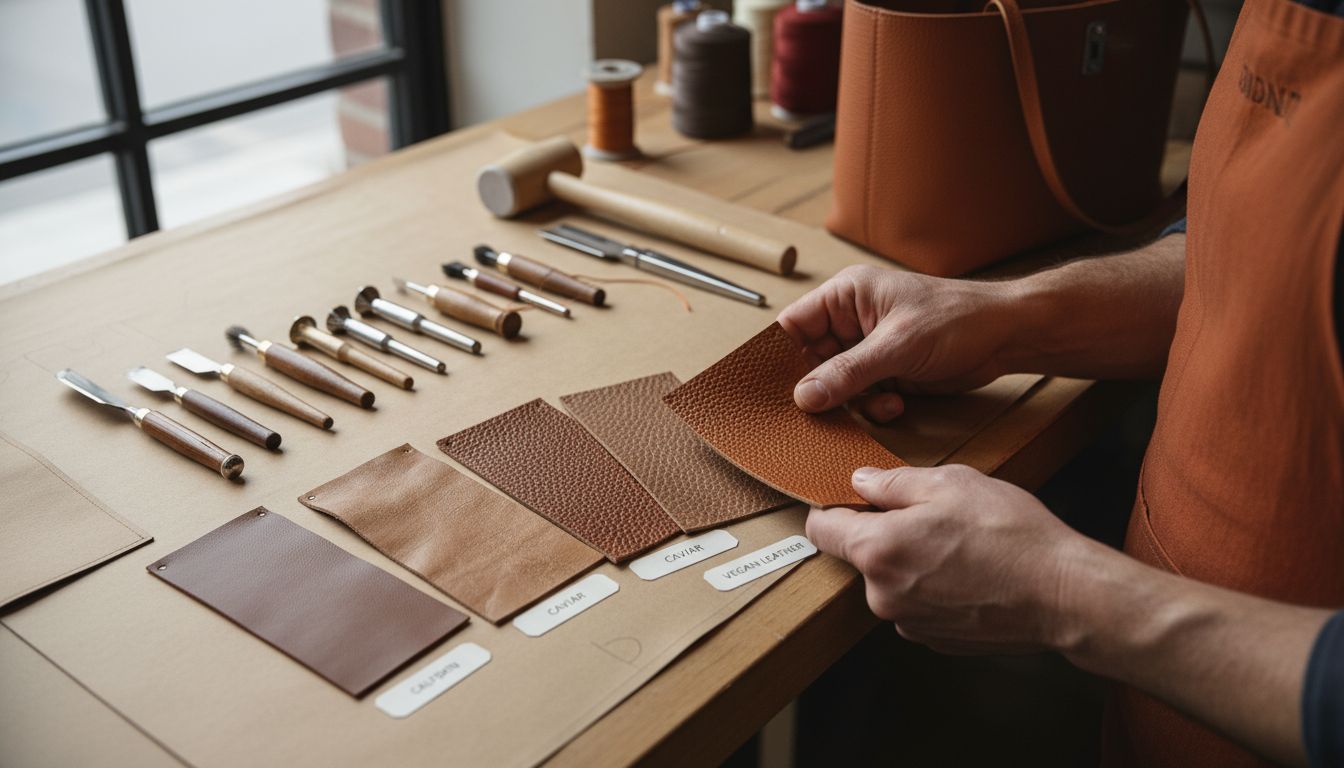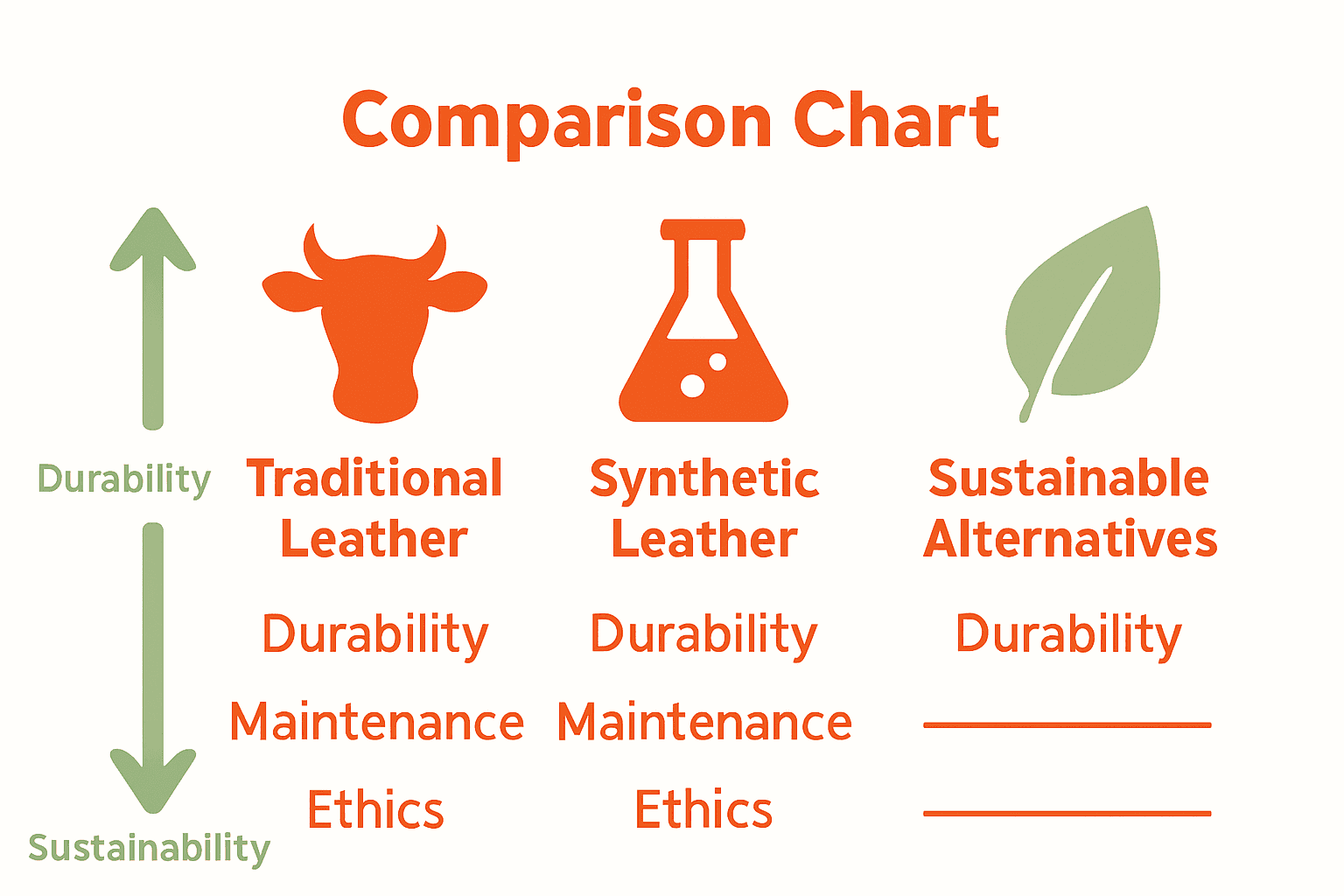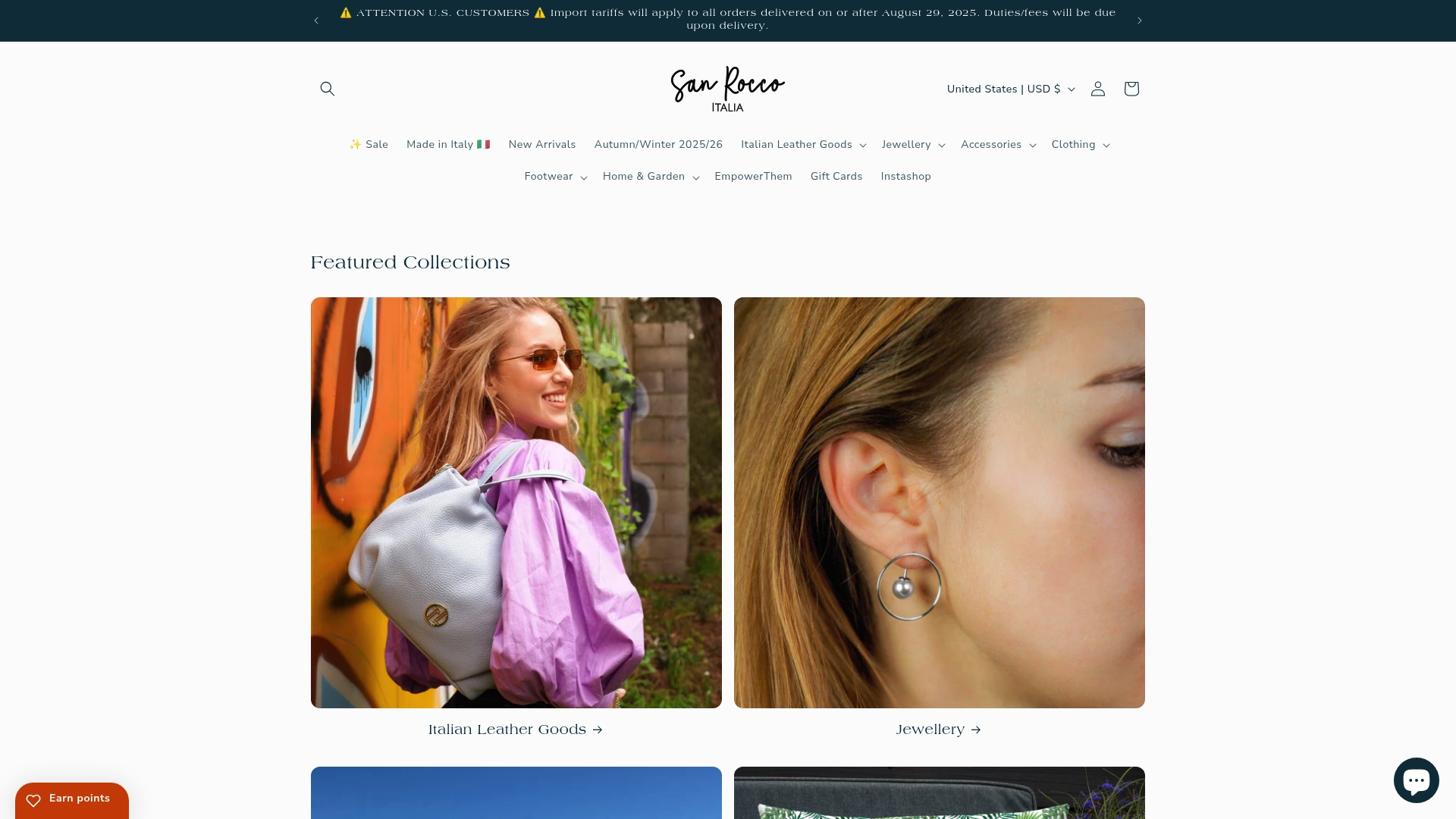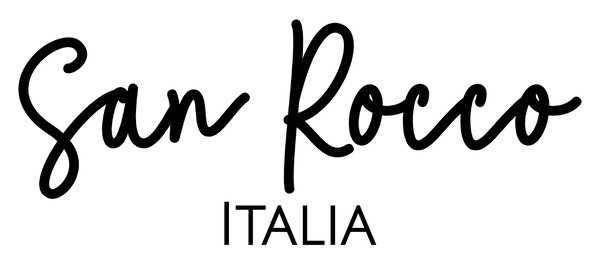
Complete Guide to Common Handbag Materials
Share
Choosing a handbag often comes down to more than just style. The material can define how long a bag lasts, how it feels on your shoulder, and even its impact on the planet. Luxury handbags made from full-grain leather can outlast synthetic bags by several years, while innovative vegan options are gaining popularity for their low environmental footprint. With so many choices, understanding handbag materials helps you find a piece that truly matches your needs and values.
Table of Contents
- Defining Handbag Materials And Their Roles
- Types Of Leather Used In Luxury Handbags
- Vegan And Synthetic Handbag Material Options
- Durability And Care Of Popular Materials
- Material Quality: What To Look For
- Comparing Handbag Materials And Alternatives
Key Takeaways
| Material Choice | Details |
|---|---|
| Understanding Material Types | Handbags can be made from various materials, including natural fibres and synthetic alternatives, each offering distinct characteristics. |
| Luxury Leather Variations | High-end handbags utilize specific leathers such as calfskin and lambskin, each requiring unique care and offering various aesthetic qualities. |
| Sustainable Alternatives | Materials like Pinatex and synthetic leather provide environmentally friendly options that appeal to conscious consumers. |
| Assessing Material Quality | Factors like texture consistency and grain quality are vital for discerning the overall quality, longevity, and appearance of handbag materials. |
Defining Handbag Materials and Their Roles
Understanding handbag materials is crucial for selecting a bag that combines style, functionality, and longevity. According to research from ijnrd, handbags can be crafted from an extensive range of materials including natural fibres like hemp, linen, and organic cotton, as well as more traditional options like leather and synthetic materials.
Each material brings unique characteristics to handbag design. Leather remains the premier choice for luxury handbags, offering durability, elegance, and timeless appeal. As detailed by pellove, leather types vary significantly, with full-grain leather representing the highest quality. These variations impact several critical aspects of a handbag:
- Texture: Determines the bag’s visual and tactile experience
- Durability: Influences how well the bag withstands daily wear
- Weight: Affects the bag’s overall comfort and portability
- Aesthetic: Contributes to the bag’s style and perceived value
Beyond traditional materials, modern handbag designers are exploring innovative alternatives like Pinatex (pineapple leather), modal, and lyocell. These sustainable options offer environmentally conscious consumers stylish choices that reduce ecological impact while maintaining high-quality design standards. Luxury vs Designer Handbags: Complete Comparison Guide provides additional insights into how material selection influences a handbag’s overall craftsmanship and perceived value.
Types of Leather Used in Luxury Handbags
Luxury handbags are defined by the exceptional quality of their leather, with each type offering unique characteristics that elevate their design and functionality. According to japanluxurybycc, the world of luxury leather is remarkably diverse, featuring an impressive array of materials that cater to different aesthetic and practical preferences.
Calfskin and lambskin represent the pinnacle of soft, refined leathers, prized for their supple texture and elegant appearance. These premium materials are often used in high-end designer collections. Other notable luxury leather types include:
- Caviar leather: Known for its distinctive bumpy texture and exceptional durability
- Saffiano leather: Characterised by its cross-hatched surface and remarkable resistance to scratches
- Togo leather: A structured leather with a pronounced grain, offering remarkable resilience
- Epsom leather: A lightweight, structured leather with a subtle geometric texture
For those seeking insights into selecting and maintaining these exquisite materials, 8 Best Italian Leather Handbags Made in Italy provides expert guidance on identifying the finest leather craftsmanship. As luxsecondchance highlights, the choice of leather significantly impacts a handbag’s longevity, aesthetic appeal, and overall quality, making it a critical consideration for discerning fashion enthusiasts.

Vegan and Synthetic Handbag Material Options
As sustainability becomes increasingly important in fashion, vegan and synthetic handbag materials are revolutionizing the industry. According to research from ijnrd, innovative materials like Pinatex, modal, lyocell, and organic cotton are emerging as compelling alternatives to traditional leather, offering environmentally conscious consumers stylish and ethical choices.
Synthetic leather represents a significant breakthrough in handbag manufacturing. Materials like polyurethane (PU) and polyvinyl chloride (PVC) have been developed to mimic traditional leather’s appearance and texture. As pellove explains, these synthetic options provide several advantages:
- Affordability: More budget-friendly compared to genuine leather
- Versatility: Available in multiple colours and finishes
- Animal-friendly: No animal products used in production
- Easier maintenance: Often simpler to clean and care for
For those interested in exploring the nuanced differences between traditional and vegan leather options, Understanding Leather Bags vs Vegan Bags: Key Differences offers comprehensive insights into making informed, ethical fashion choices that align with personal values and environmental consciousness.
Durability and Care of Popular Materials
The longevity of a handbag depends significantly on the material and the care it receives. According to japanluxurybycc, different leather types require specialized maintenance to preserve their unique characteristics and extend their lifespan.
Leather materials demand particular attention to maintain their pristine condition. Different types of leather require distinct care approaches:
- Calfskin: Extremely delicate, requires gentle handling and protection from moisture
- Caviar leather: More resilient, can withstand moderate daily wear
- Lambskin: Soft and luxurious but needs careful storage to prevent scratching
- Saffiano leather: Highly resistant to scratches, making it ideal for daily use
For those seeking comprehensive guidance on preserving their investment pieces, 7 Expert Ways to Choose and Care for Good Leather Bags offers invaluable insights. As luxsecondchance highlights, proper care not only maintains the aesthetic appeal of your handbag but also significantly extends its functional lifespan, ensuring your investment remains a treasured accessory for years to come.
Material Quality: What to Look For
Discerning the quality of handbag materials requires a keen eye and understanding of critical indicators. According to pellove, the quality of a handbag material is determined by several nuanced factors that go beyond mere appearance.
Grain quality stands as a primary indicator of material excellence. Consumers should examine key characteristics:
- Texture consistency: Uniform surface without irregular patches
- Grain depth: Natural, well-defined leather grain patterns
- Flexibility: Material should bend without cracking or showing stress
- Color uniformity: Even coloration without blotches or uneven dyeing
Research from ijnrd emphasizes the importance of understanding material origins and processing methods. Beyond visual assessment, sustainable and ethical production becomes increasingly crucial for conscientious consumers. Understanding Leather Bags vs Vegan Bags: Key Differences provides additional context for those seeking deeper insights into material selection and quality assessment.
Comparing Handbag Materials and Alternatives
Choosing the right handbag material is a nuanced decision that balances aesthetic preferences, practical considerations, and personal values. According to pellove, the market offers a diverse range of materials, each with unique advantages and limitations.
Material comparison reveals distinct characteristics across different options:
- Traditional Leather: - Highest durability - Premium aesthetic - Requires more maintenance- Synthetic Leather: - Lower cost - Easy maintenance - More environmentally flexible
Research from ijnrd emphasizes that material selection extends beyond mere appearance, encompassing factors like sustainability, production ethics, and long-term performance. For fashion enthusiasts seeking trendsetting insights, 7 Handbag Trends for 2025 Every Elegant Woman Should Know offers contemporary perspectives on how material choices reflect evolving style narratives.

Discover the Perfect Handbag Material for Your Lifestyle Today
Choosing the right handbag material can often feel overwhelming with so many options and qualities to consider. Whether you are seeking the timeless elegance of premium full-grain leather or exploring sustainable alternatives like vegan leather, understanding material durability, texture, and care is essential to find a bag that complements your style and stands the test of time. This guide highlights critical factors such as leather types like calfskin, caviar, and saffiano, as well as innovative fabrics, helping you avoid costly mistakes and invest wisely.

Elevate your wardrobe with San Rocco Italia where each luxury handbag reflects exceptional craftsmanship, made by expert artisans in Italy using premium materials that embody durability and timeless beauty. Explore our curated collection designed to meet discerning tastes while upholding ethical production standards. Don’t wait to experience the perfect blend of style, quality, and longevity. Visit our boutique now to find your ideal handbag and learn more from our comprehensive guides that deepen your knowledge about handbag materials and care.
Frequently Asked Questions
What are the most common materials used in handbag manufacturing?
Handbags are typically made from various materials including leather, synthetic leather, organic cotton, linen, and innovative options like Pinatex (pineapple leather). Each material offers unique characteristics affecting the bag’s durability, texture, and aesthetic appeal.
How do I care for different types of leather used in handbags?
Caring for leather depends on the type: Calfskin requires gentle handling; Caviar leather is more durable; Lambskin needs careful storage to avoid scratches; and Saffiano leather is highly resistant to scratches, making it suitable for daily use. Regular maintenance is essential to maintain the integrity and appearance of the leather.
What factors should I consider when assessing the quality of handbag materials?
When evaluating material quality, look for texture consistency, grain depth, flexibility, and color uniformity. High-quality materials exhibit uniform surfaces, distinct grain patterns, and should bend without cracking or showing stress marks.
What are the advantages of choosing synthetic leather over traditional leather for handbags?
Synthetic leather is usually more affordable, available in various colors and finishes, easier to maintain, and does not involve animal products in its production. It offers a stylish and ethical alternative for those who prioritize sustainability and animal welfare in their fashion choices.
Recommended
- 7 Handbag Trends for 2025 Every Elegant Woman Should Know – San Rocco Italia
- Luxury vs Designer Handbags: Complete Comparison Guide – San Rocco Italia
- 7 Expert Ways to Choose and Care for Good Leather Bags – San Rocco Italia
- Find Your Perfect Italian Leather Bag for Everyday Elegance – San Rocco Italia


